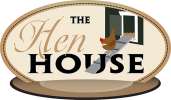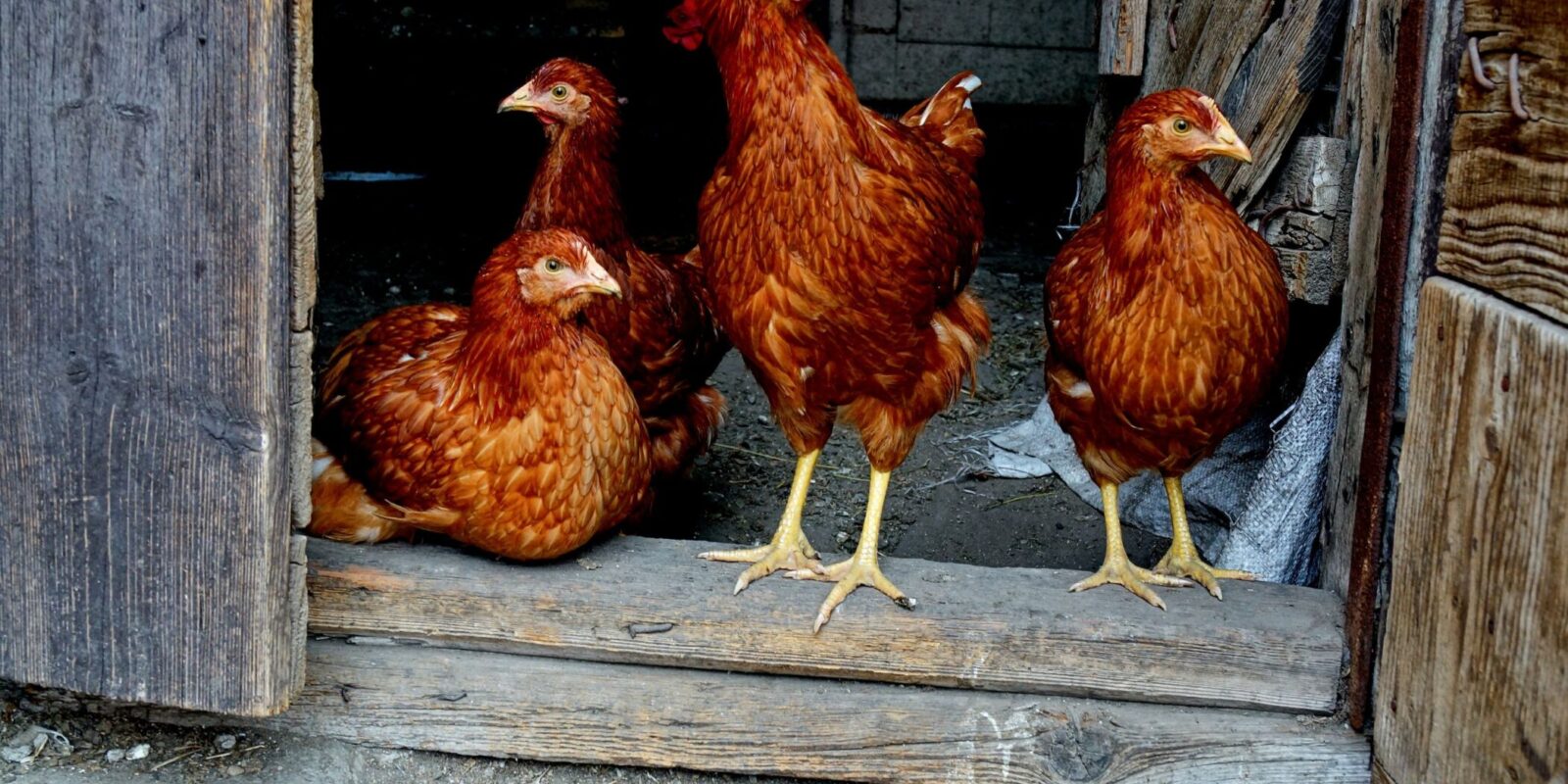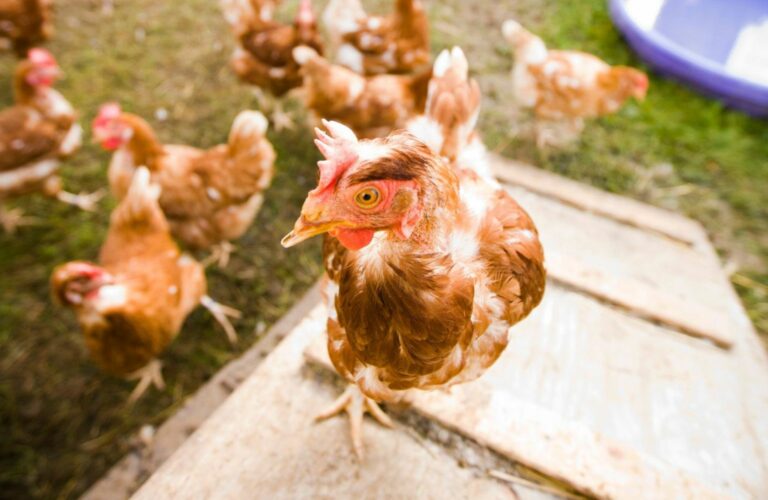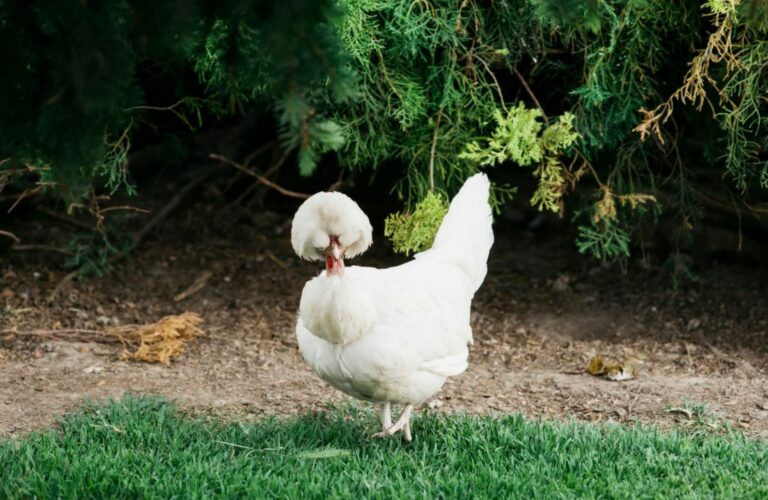Choosing a chicken coop size is one of the most critical issues to consider when buying a new chicken coop. While the cost of raising chickens can make it tempting to cut corners with the size of your coop, it’s important to keep other factors in mind as well.
Whether you’re an expert chicken farmer or a novice, the size of your coop about the number of chickens in your care will have a major impact on the health of your flock.
Maybe you don’t think the right chicken coop size makes a difference. They can move around a little, and they are laying eggs; what’s the big deal? Well, it IS important that you choose the right size coop for your chickens, and we’ll tell you why.
Why is chicken coop size so important, and what are the potential impacts of a coop that is undersized?
Disadvantages of a Small Coop
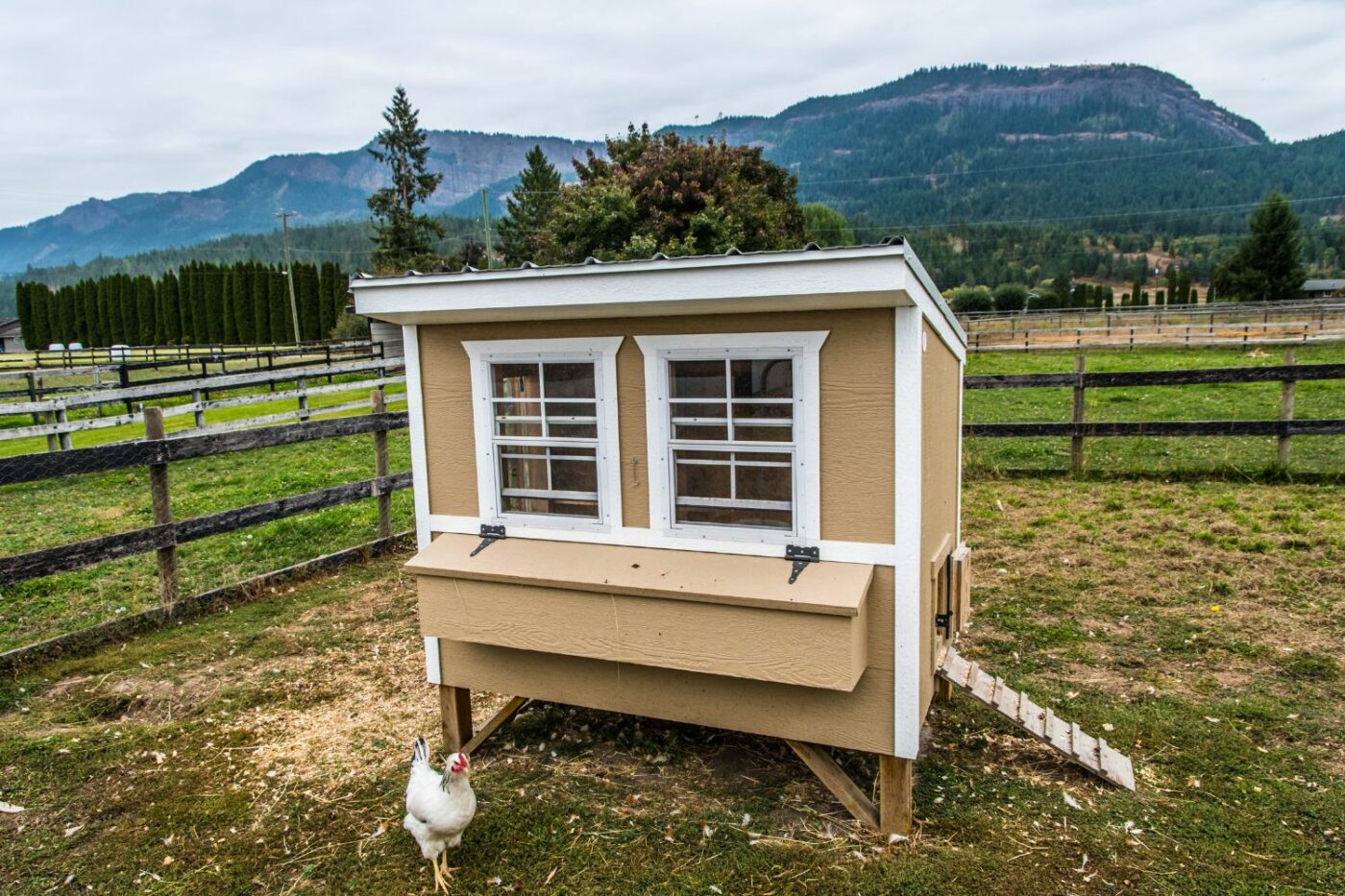
Pecking and Aggressive Behavior
A wooden chicken coop that is too small can lead to pecking and aggressive behavior among your chickens. If chickens need to compete for space around feeders, on perches, or the floor, they will be more likely to use pecking to compete for limited resources. Once excessive pecking starts, it can be difficult to keep it from spreading throughout the flock.
An overcrowded coop will stress your chickens and may cause problematic behaviors and health issues. Diseases may spread quickly, and your chickens may become irritated and start feather-picking and even engage in cannibalism.
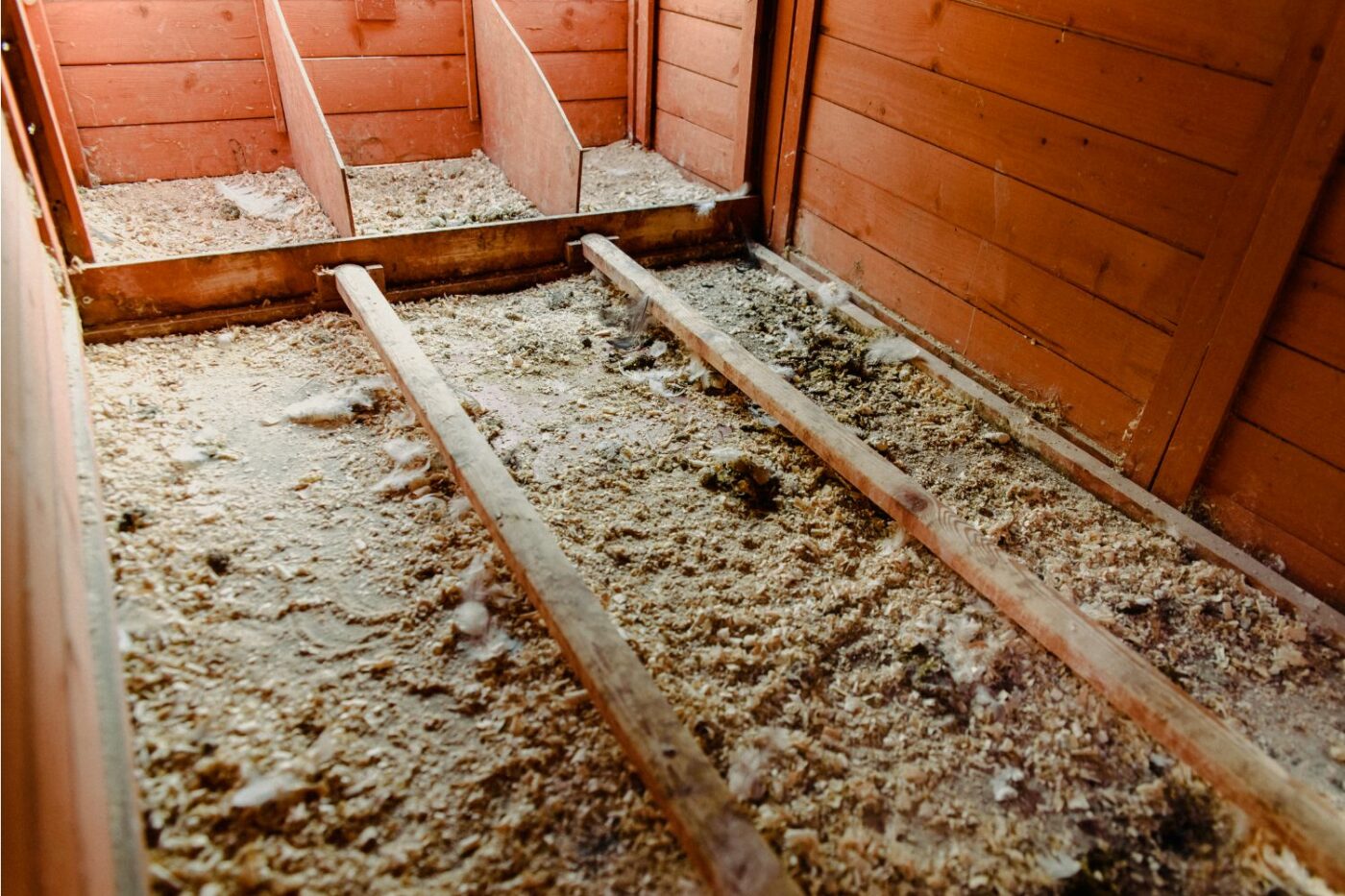
High Ammonia Levels
An undersized chicken coop will more quickly be subject to excessive manure buildup. Too much manure means that the air in your coop will probably contain high levels of ammonia. Ammonia in large quantities can hurt the health of your flock.
According to Countryside Daily, maintaining a dry litter base is one of the most effective ways to prevent ammonia buildup. So even if your coop is large enough for your chickens, you’ll want to take steps to prevent the buildup of ammonia.
Decreased Egg Production
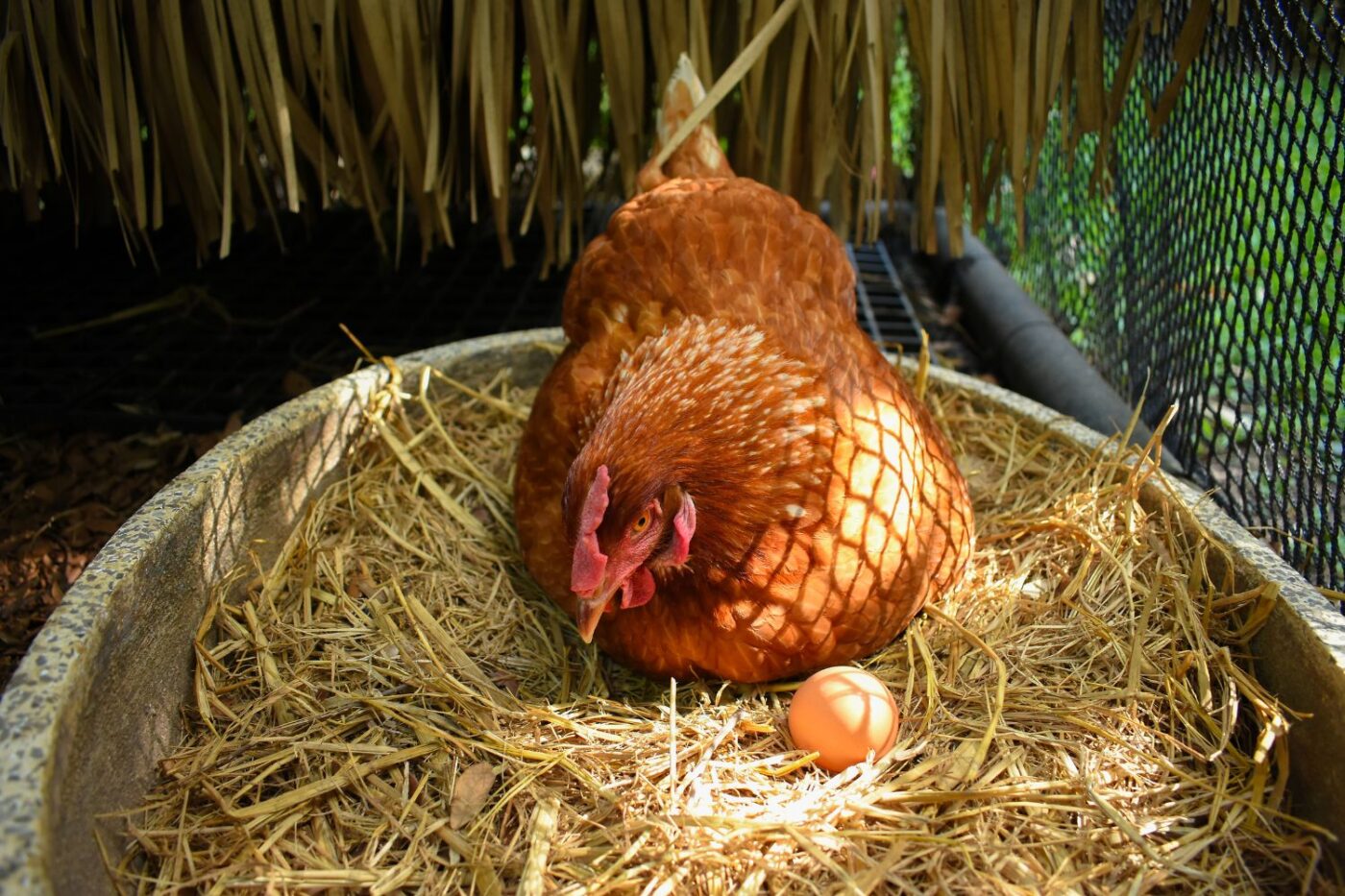
Did you know that a crowded coop may harm egg production in your hens? For your hens to have optimal egg production, they must be stress-free and comfortable in their coop. Chickens that are stressed in an undersized coop will not produce at their full potential.
In addition to this, coops that are crowded increase the chances of low-quality, broken, and dirty eggs. If you’re looking to save a few dollars by going with a small chicken coop, you’ll probably pay for it in the long run in terms of decreased egg production and a flock that is less resistant to
Disadvantages of a Large Coop
Are there any disadvantages to having a coop that’s too large? Besides taking more time to clean, a coop that’s too large will be colder in the wintertime unless you provide additional heat. A small coop can be warmed more easily by the chickens’ body heat. However, an oversized coop is still preferred above an undersized coop.
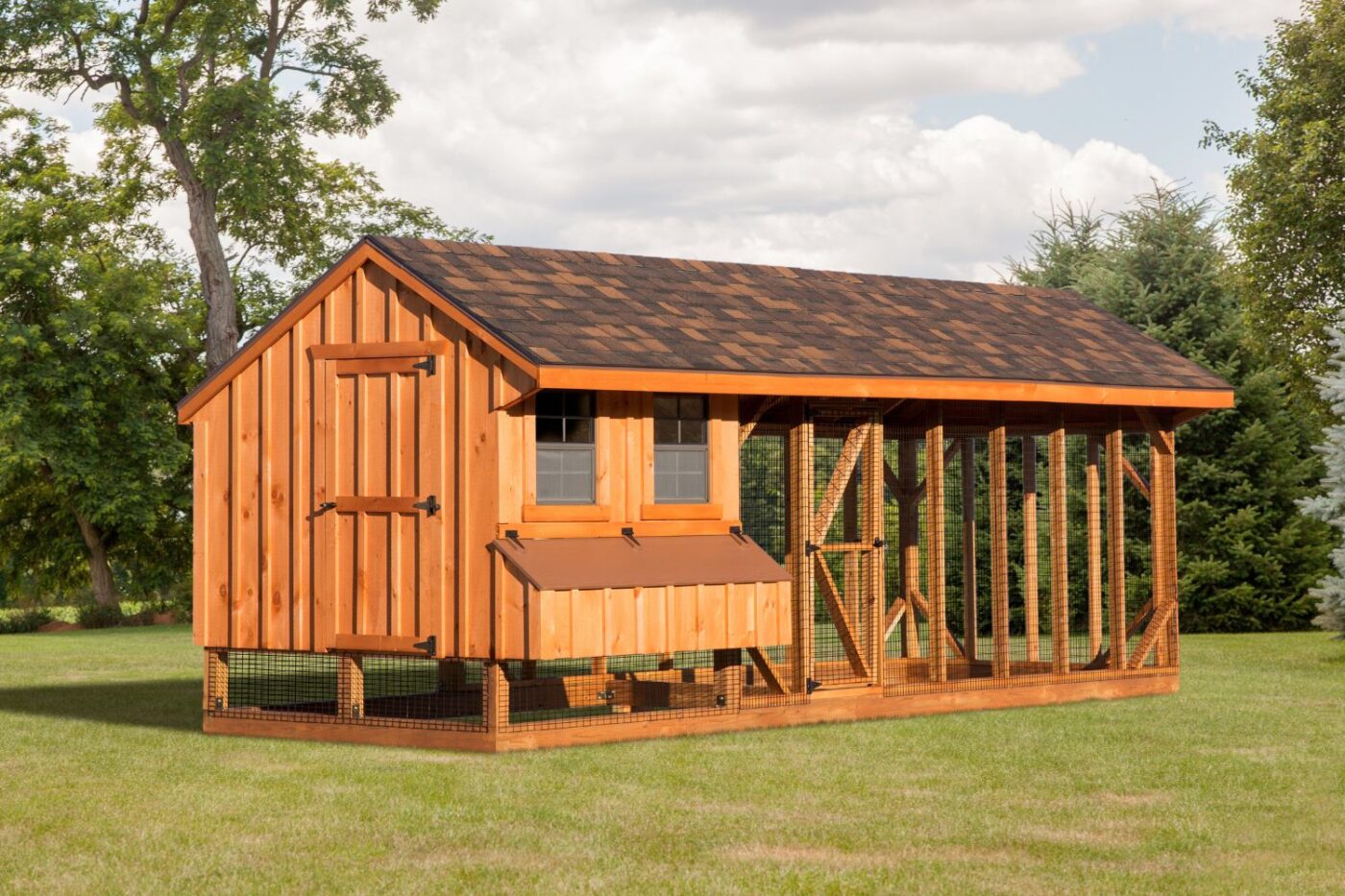
Chicken Coop Size Guidelines
As you can see, maintaining a healthy flock size with the available space inside your coop is very important. So how much coop space does one chicken need? That depends on the breed of chickens in your care and whether or not you allow your chickens to free-range during the day. Here are a few guidelines for choosing the right chicken coop size.
Large Breeds
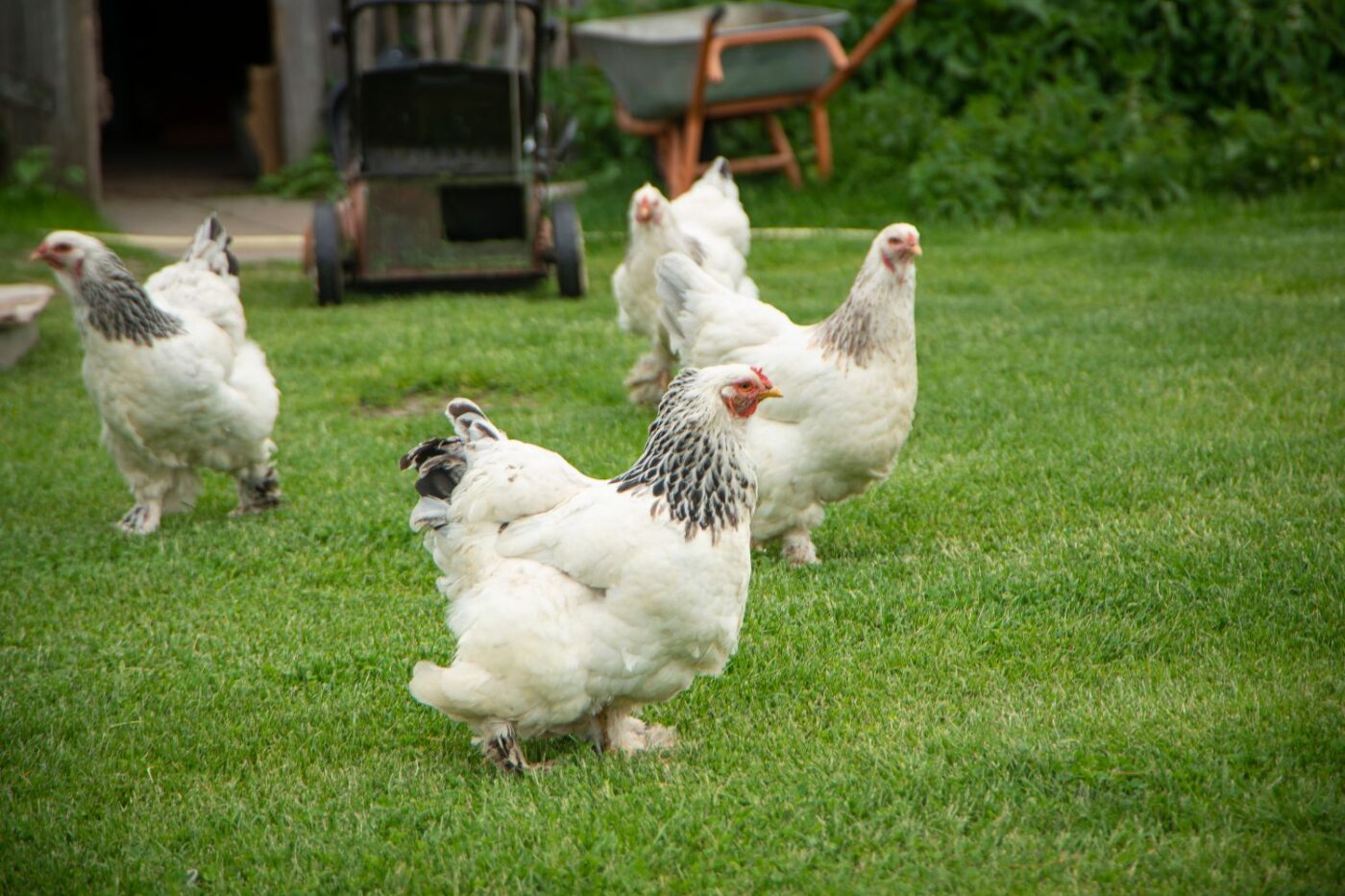
- 4 sq. ft. per chicken if free-range, 10 sq. ft. per chicken if confined
- Buff Orpington
- Plymouth Rock
- Rhode Island Red
Medium Breeds
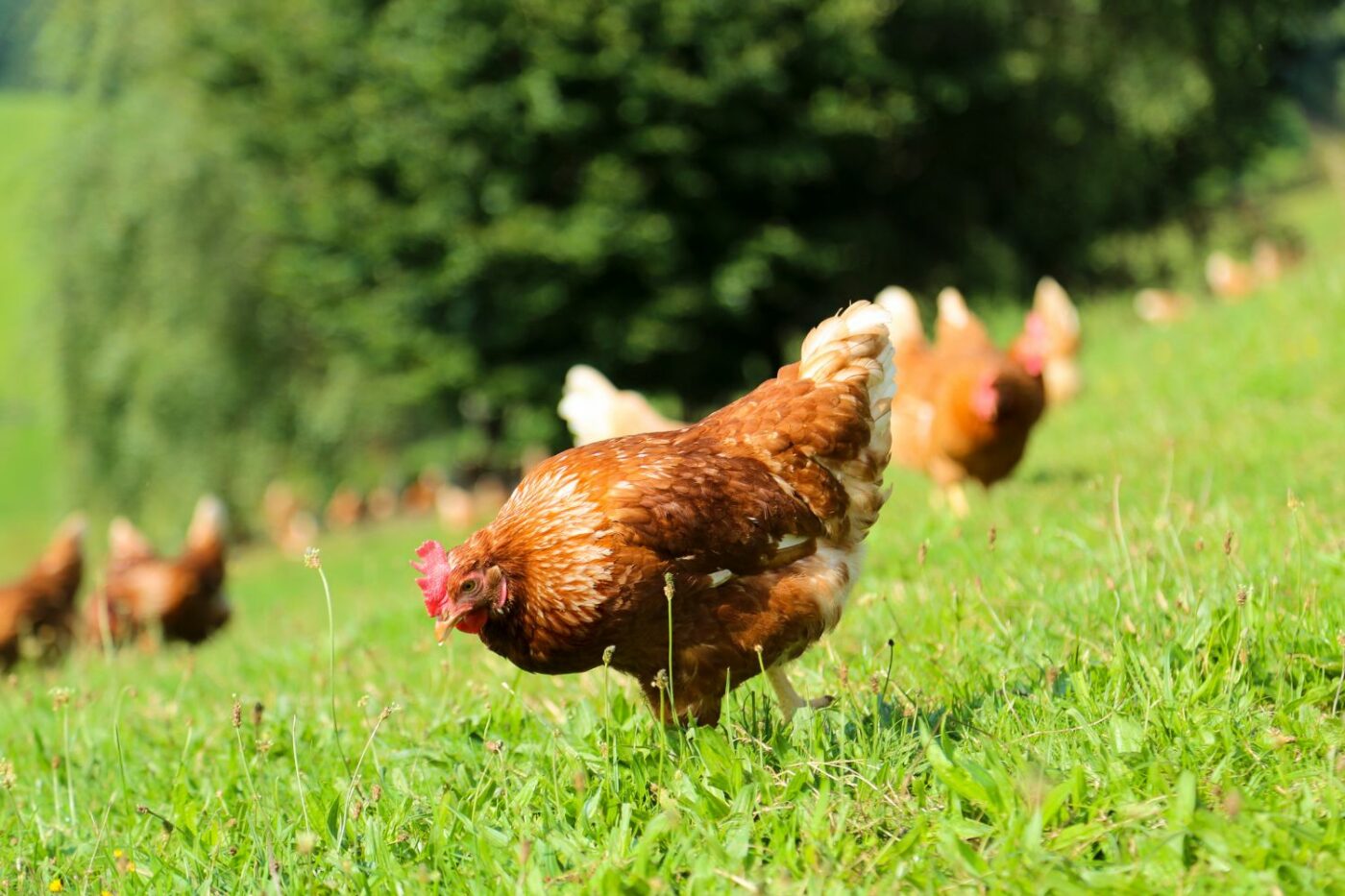
- 3 sq. ft. per chicken if free-range, 8 sq. ft. per chicken if confined
- Leghorn
Small Breeds
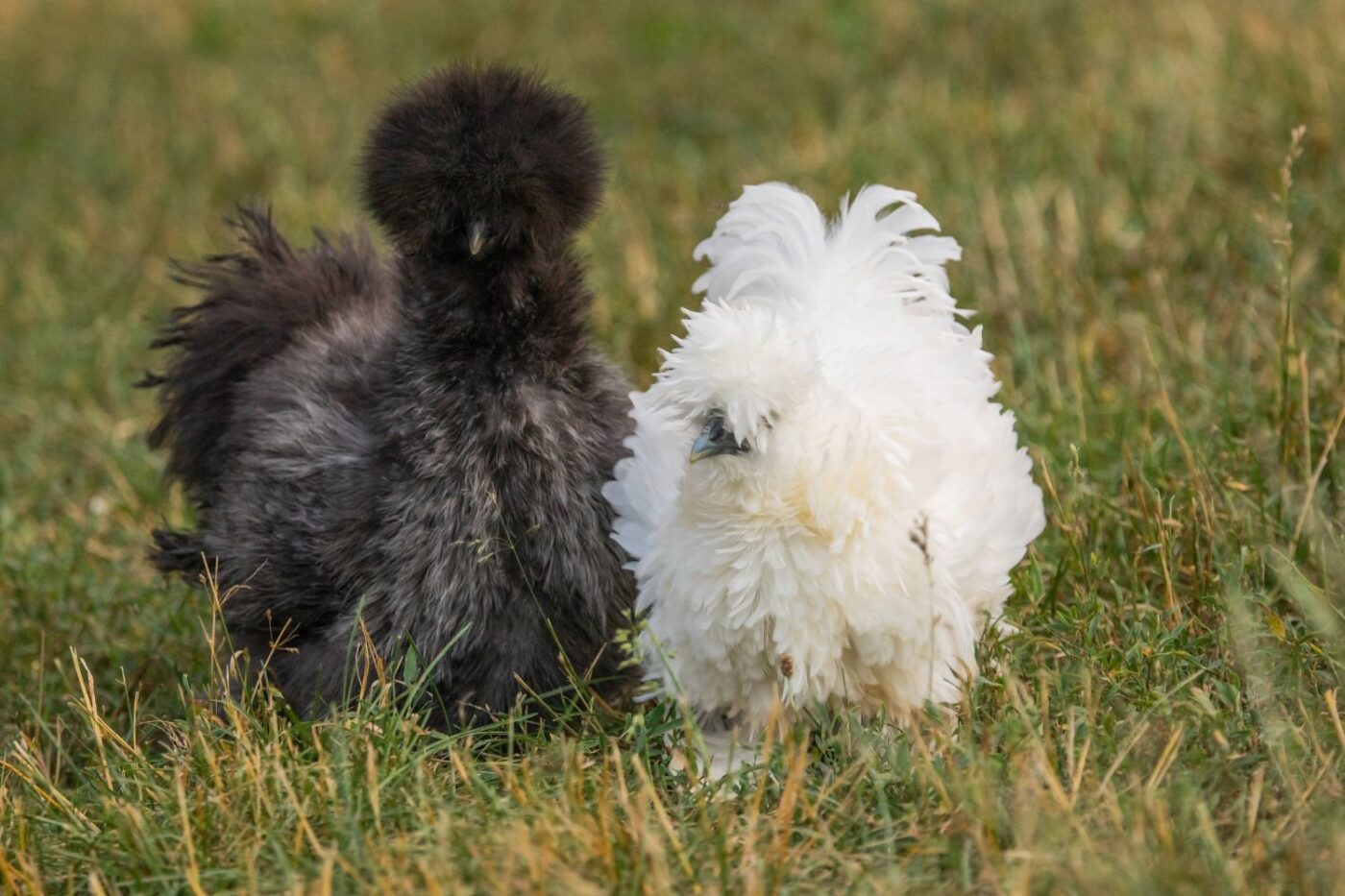
- 2 sq. ft. per chicken if free-range, 5 sq. ft. per chicken if confined
- Bantam
Keep in mind that the square footage guidelines are minimums. Giving your chickens a little extra space is always a good idea.
Other Chicken Coop Size Considerations
There are other considerations to keep in mind besides the square footage inside the chicken coop.
Space to Roost
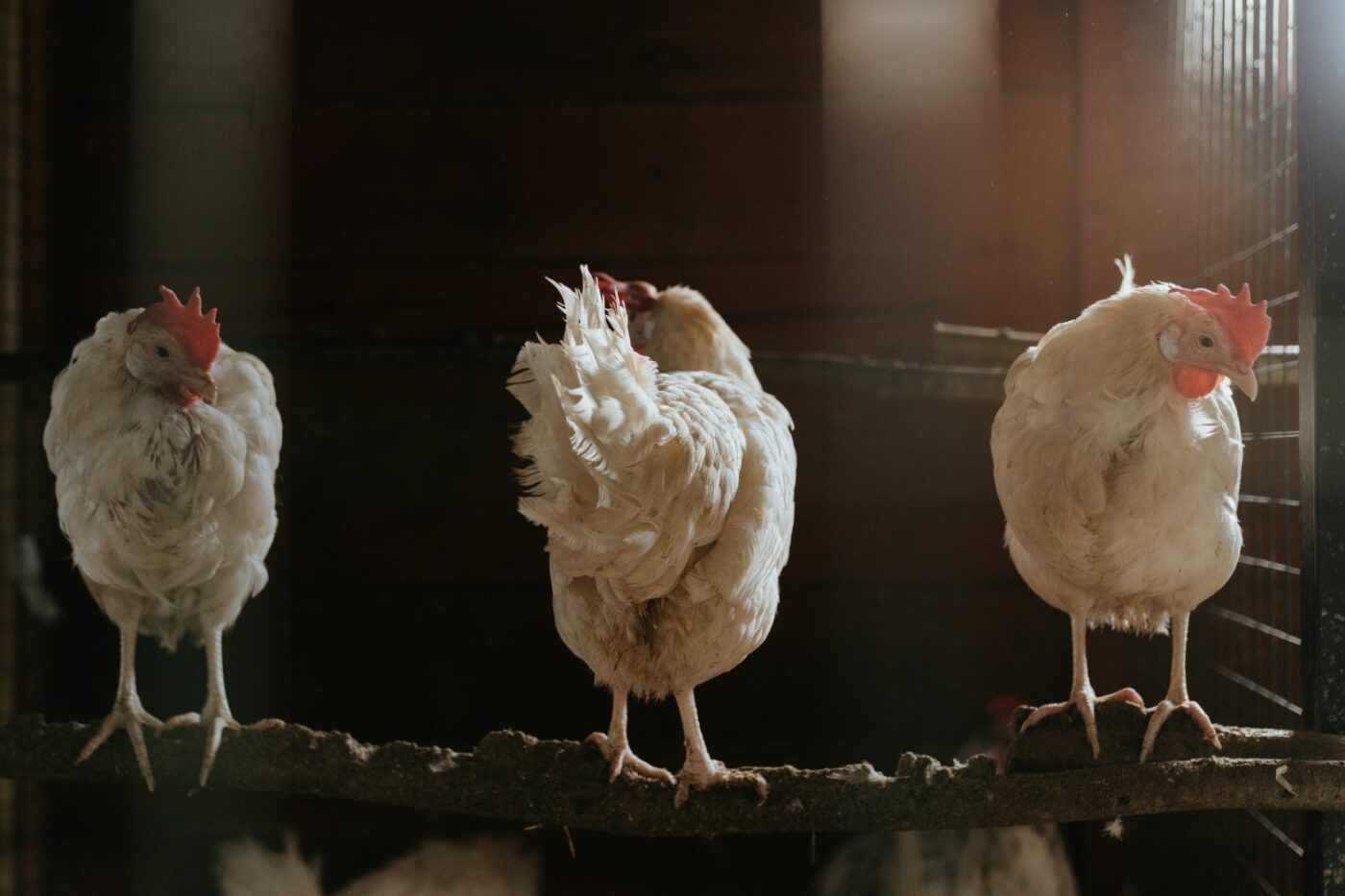
Chickens need a place to roost at night, so you’ll want to make sure your coop has adequate roosting space for each bird. You should provide 10-12” of roosting bar per large-sized chicken. Bantam hens won’t need that much, but it’s always good to give plenty of room rather than not enough.
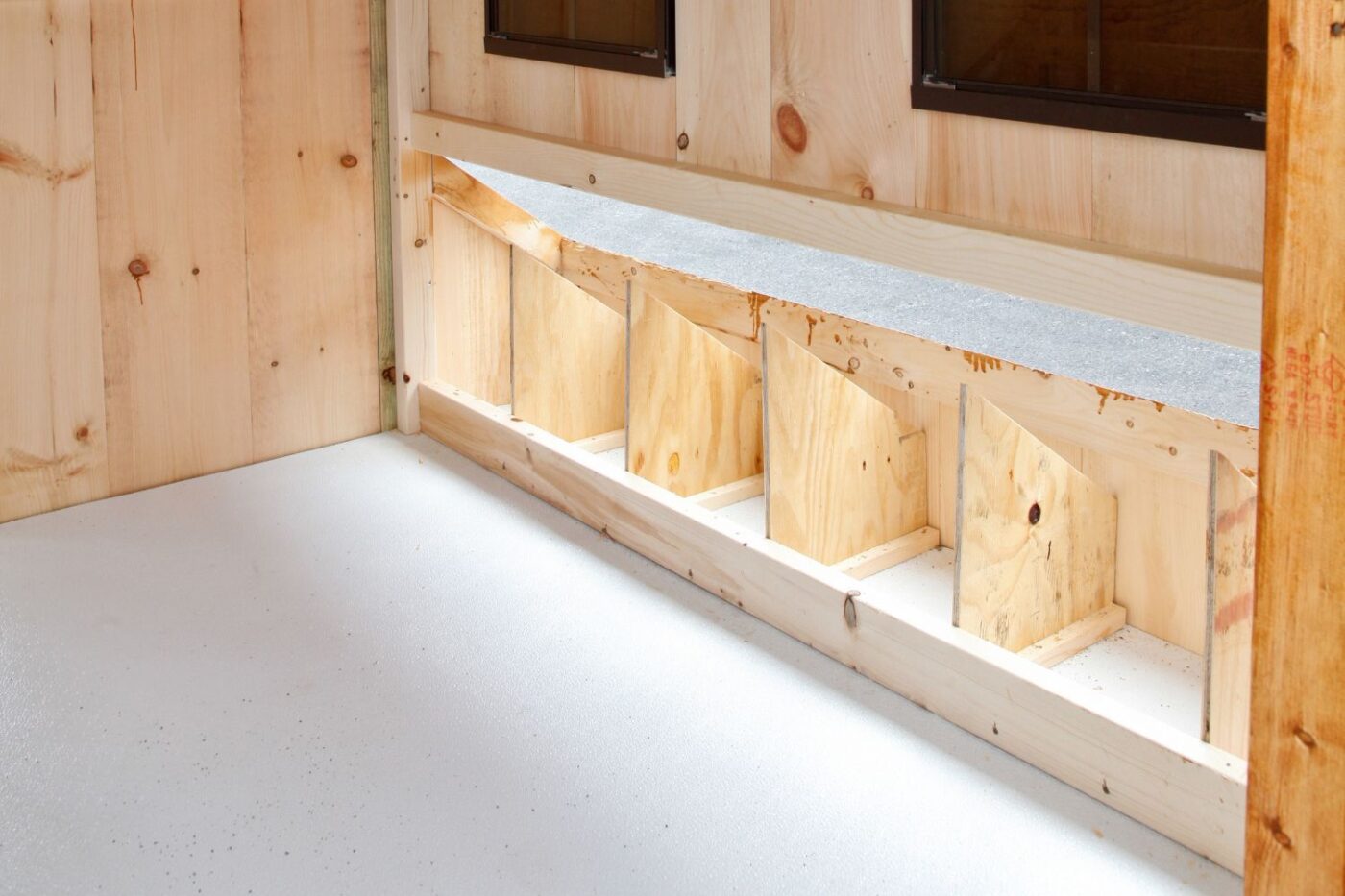
Nesting Boxes
As a general rule, you should provide one nesting box for every 3 chickens. If you provide too many nesting boxes, your chickens may become broody and stop laying eggs. If you provide too few, you may have problems with competition for existing boxes, chickens laying in other places besides boxes, or damaged/dirty eggs.
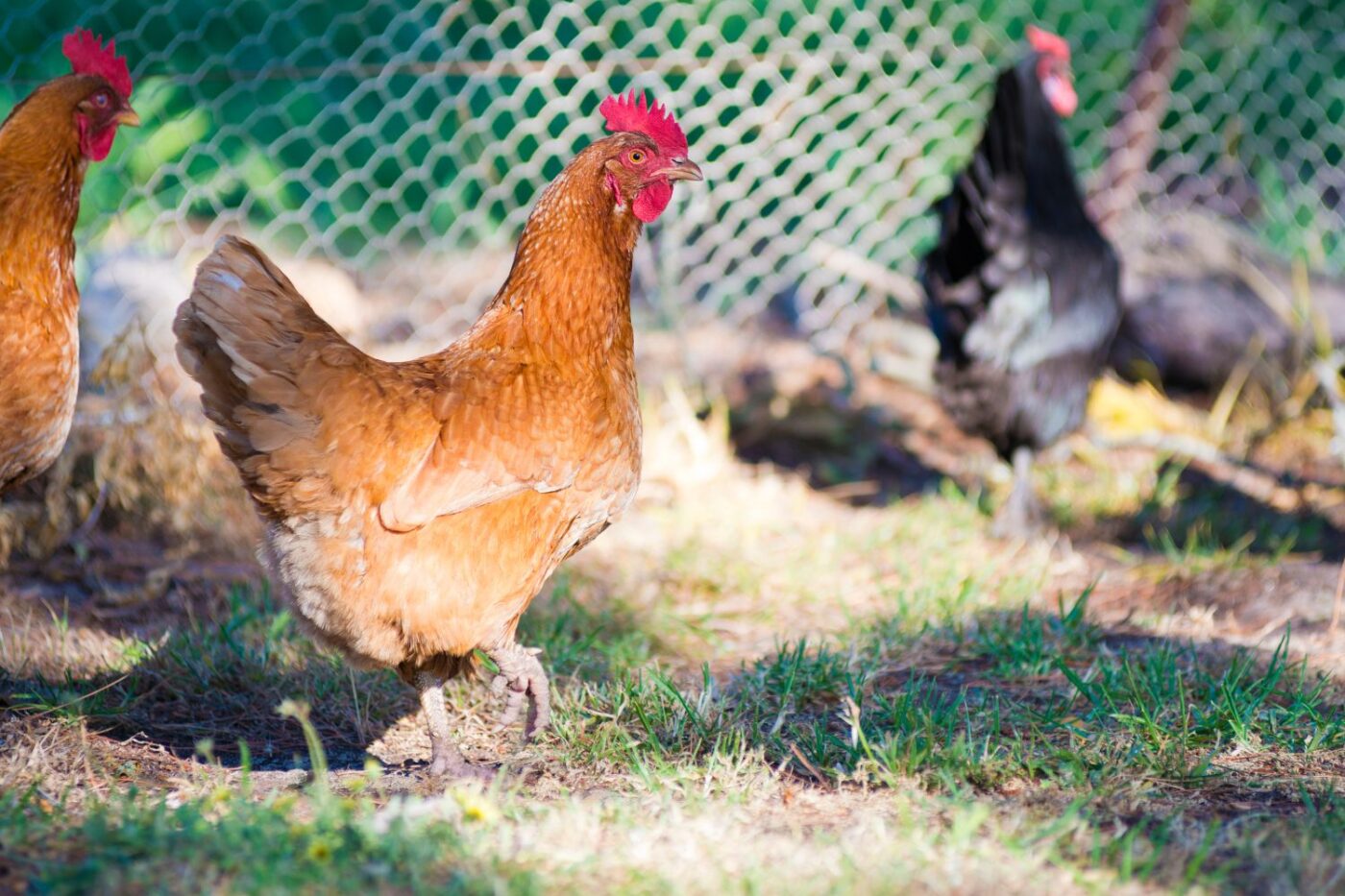
Outdoor Chicken Run
Be careful about including an outdoor chicken coop and run within the square footage requirements for a coop. This is especially true if your outdoor run is not covered with a roof.
Chickens often refuse to go outside during heavy rain or when the ground is covered with snow. The outdoor run should be considered a bonus rather than a part of the main coop area.
Chicken Coop Size Case Studies
Here are a few case studies that highlight 3 unique situations and the recommended chicken coop size for each situation. Different chicken farmers have a variety of situations and goals, so be sure to do your research and check with other chicken experts before making a final decision.
Hobby Farmer
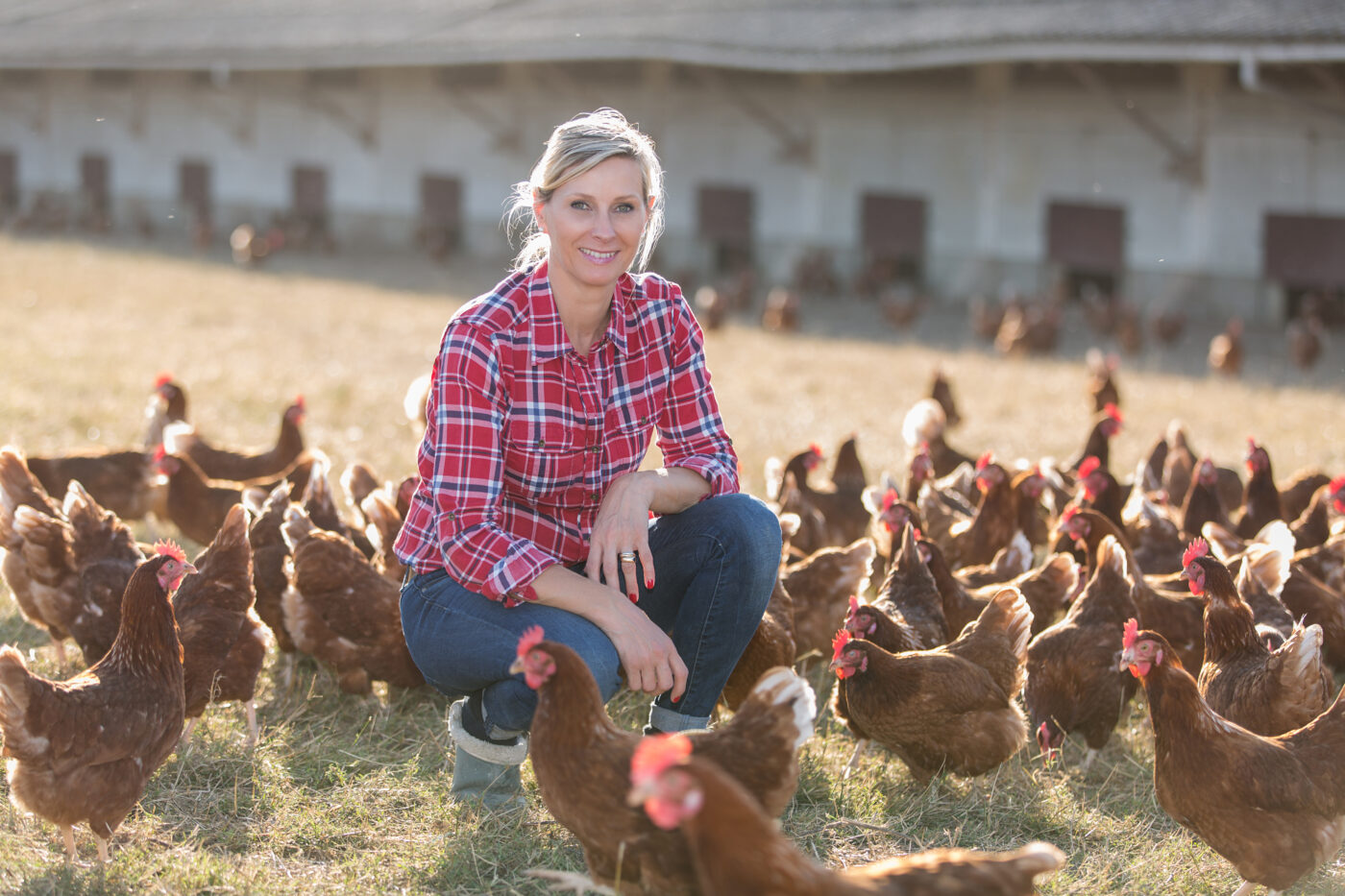
- Purpose: Eggs and Meat
- Chicken breed – Leghorn
- # of chickens – 28
- Recommended coop size – Q712 (7×12 Quaker)
- Roost bar length: 24′ – 28′
- Nesting boxes: 7
Proactive Parent

- Purpose: Pets / Insect control
- Chicken breed – Bantam
- # of chickens – 6
- Recommended minimum coop size – Q34 (3×4 Quaker)
- Roost bar length: 4′
- Nesting boxes: 2
Health Enthusiast
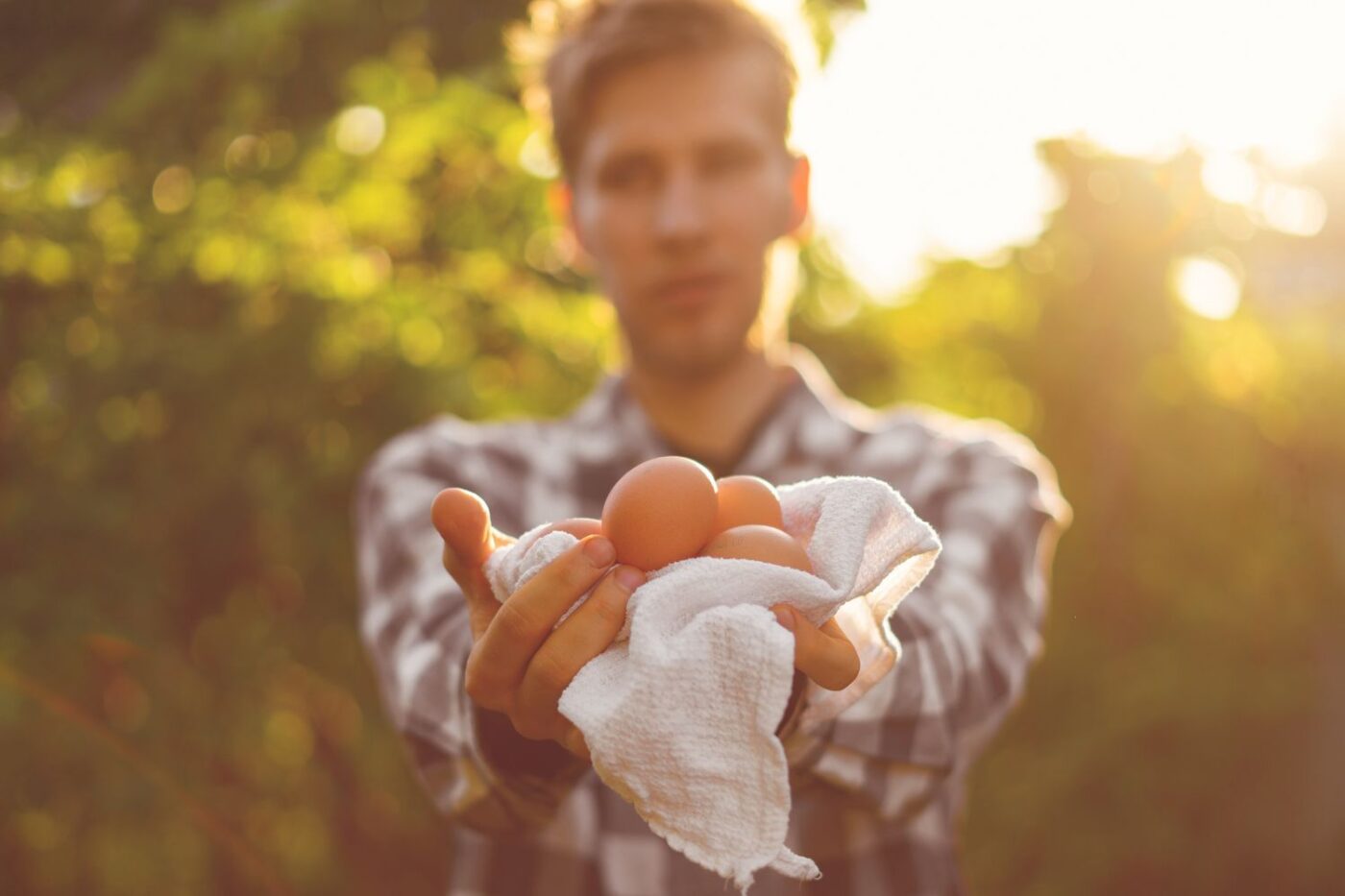
- Purpose: Eggs
- Chicken breed – Rhode Island Red
- # of chickens – 8
- Recommended minimum coop size – Q48 (4×8 Quaker)
- Roost bar length: 7′ – 8′
- Nesting boxes: 3
Chicken Coop
Size By Number of Chickens

You may be wondering what type of a-frame chicken coop you should get for your flock of 10 chickens or maybe 20 chickens. We’ve created a list of chicken coops by number of chickens to help you determine what chicken coop size is the right fit for you and your hens.
Having a few chickens to keep and feed can be challenging. But now, you no longer have to worry about knowing the appropriate size for your chicken coop. It is critical to have enough space to accommodate your chickens. Not to mention maintaining their health. It is also vital in protecting them from predators and keeping them dry.
- Q= Quaker
- L= Lean-To
- D= Dutch
- A= A-Frame
- C= Combination
- T= Tractor
Best Chicken Coops for 3-5 Chickens
A33

A33T

Best Chicken Coops for 6-8 Chickens
Q34

Q34T

Best Chicken Coops for 8-10 Chickens
Q48C

L45

Q44T

Best Chicken Coops for 12-15 Chickens
Q610C

D46

Q46

Best Chicken Coops for 18-20 Chickens
Q612C

D66

Best Chicken Coops for 24-28 Chickens
Q72

A-80

If you need help determining your prefab chicken coop size, feel free to call us at (800) 490-3163, and we’ll do our best to guide you. The success of your chicken farming venture depends partly on an appropriately sized housing solution for your chickens.
